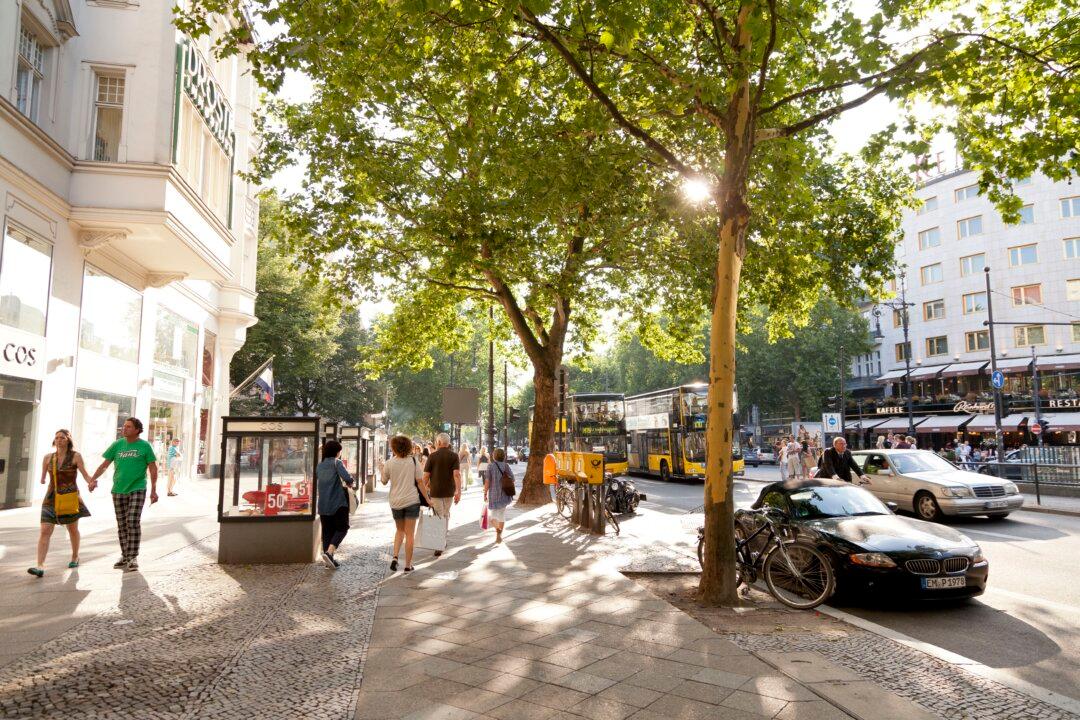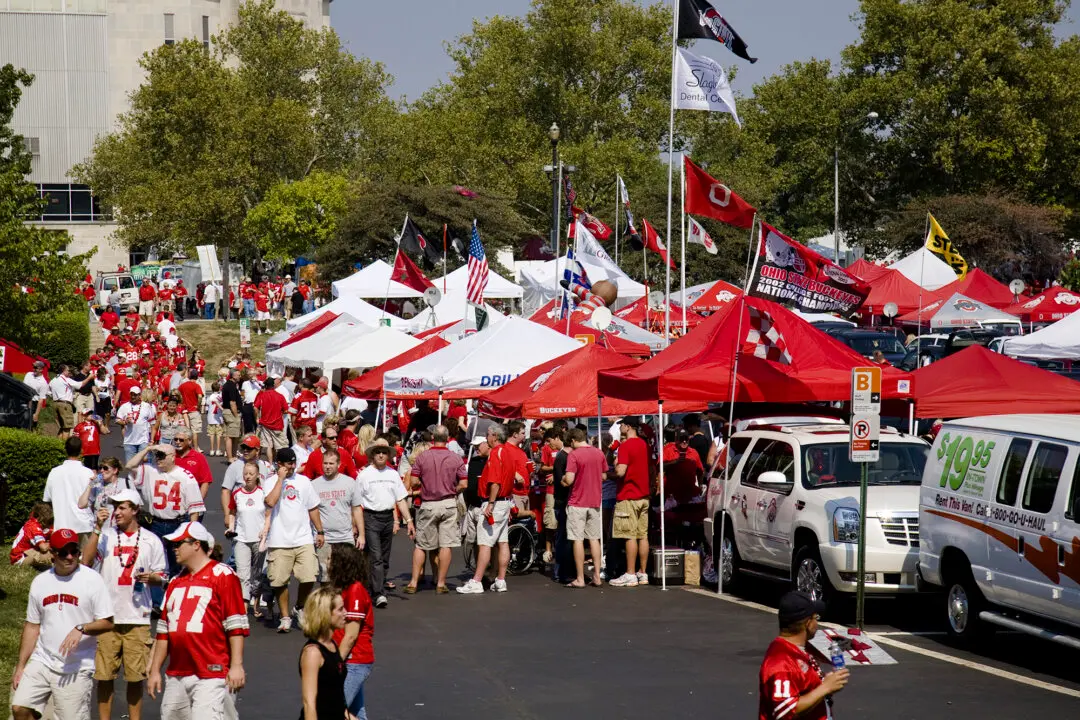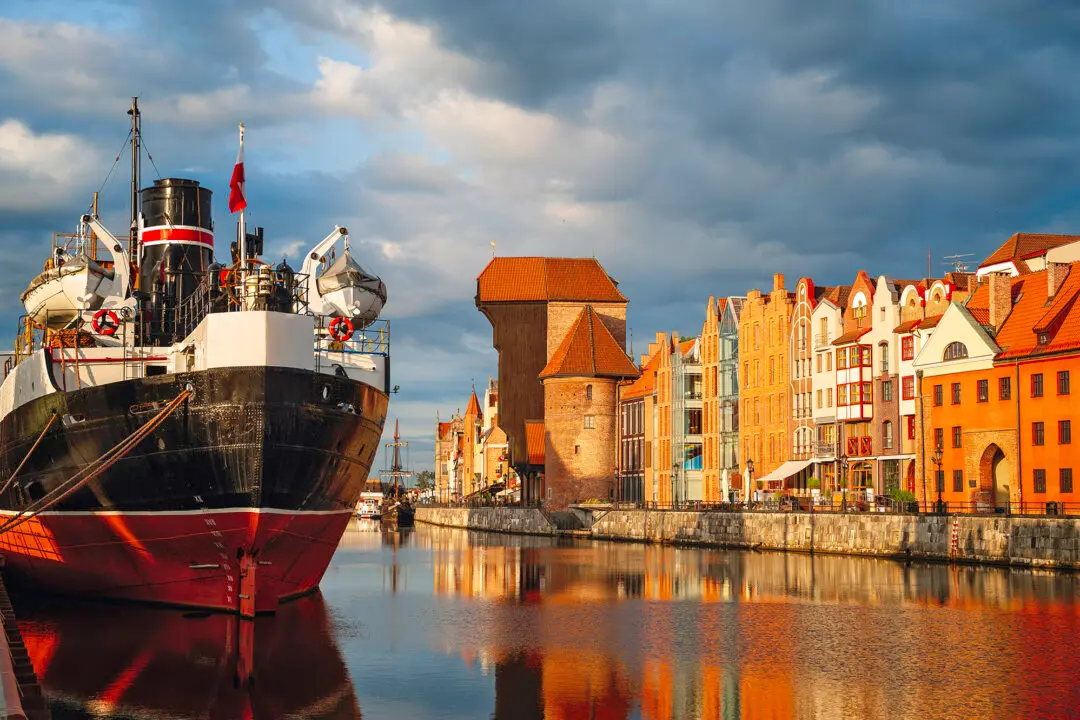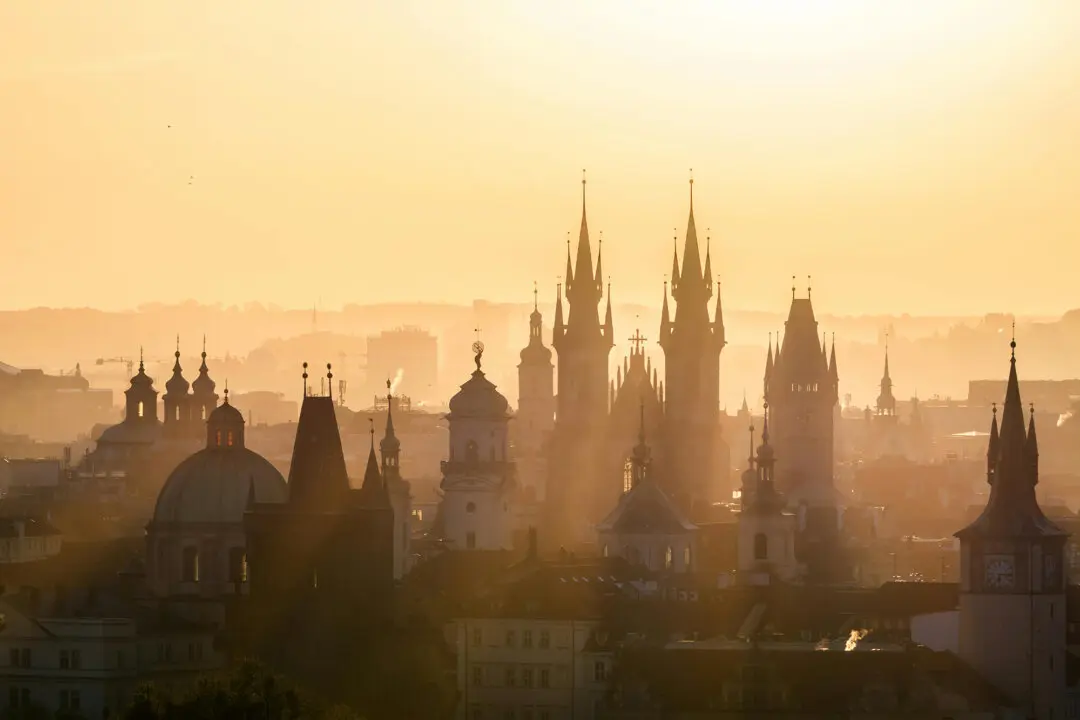It had been a long journey, and I tried to blink away the fog of jet lag that hung before my eyes. An overnight flight with little sleep had been followed by a high-speed train journey across Germany. Charming towns flashed by as the train hurtled along at more than 180 miles an hour, little postcard-perfect collections of houses clustered amongst graceful fall foliage.
Transferring to the S-Bahn for the last leg of the journey, the commuter train rattled over elevated, curving tracks to my home for the next few days. Rolling my bag from Bahnhof Zoologischer Garten out into the street, I turned the corner and was brought up short by what I saw. Just a block away, a church bell tower, by equal measures imposing and beautiful. But it wasn’t quite right, that was the striking part, the pinnacle clearly in an apparent, perpetual state of destruction.





